Few things capture the quirky spirit of American road trips quite like roadside attractions. From giant fiberglass animals towering over highways to mysterious “world’s largest” curiosities and neon-lit diners, these stops were designed to lure in curious travelers and turn ordinary journeys into memorable adventures. Born in the golden age of the automobile, roadside attractions became part marketing strategy, part folk art, and part Americana. They represent both a nostalgia for simpler times and a reflection of how travel shaped communities across the country. Today, whether they’re kitschy, historic, or downright bizarre, these attractions remain a testament to America’s love affair with the open road.
Historical Origins and Evolution
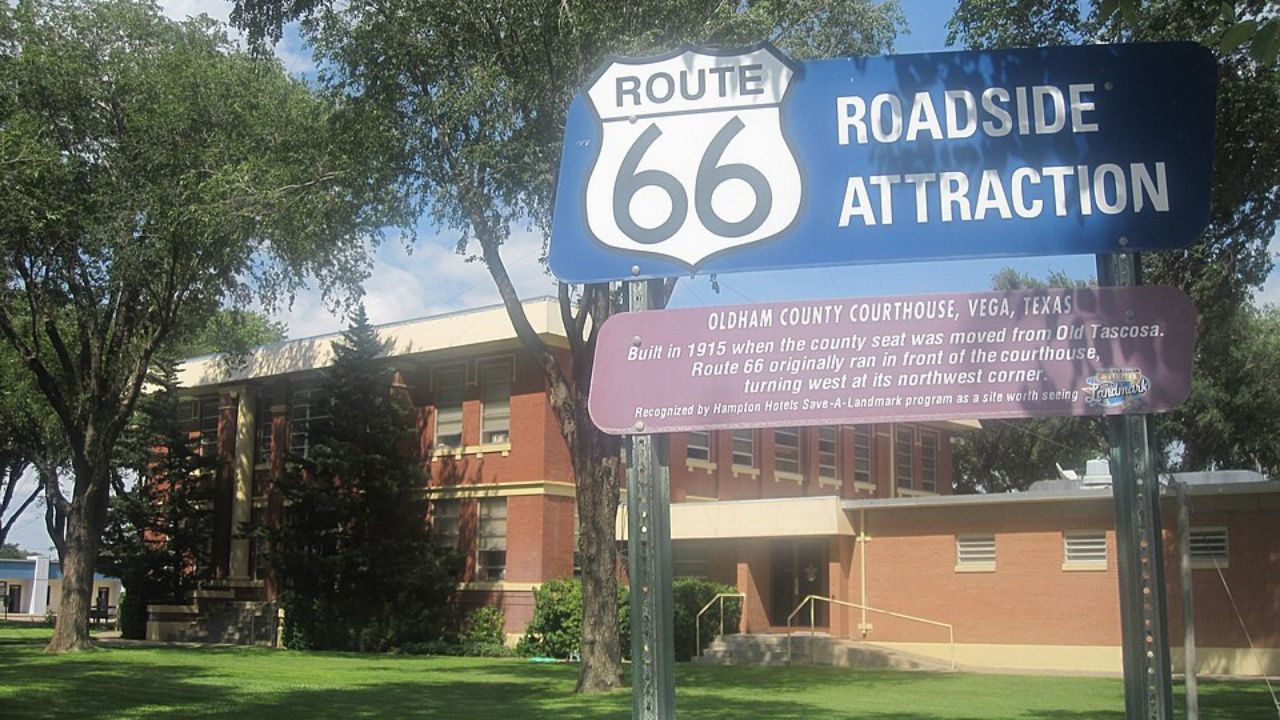
Roadside attractions in America owe their origins to the rise of the automobile in the early 20th century. As automobiles became more accessible with the advent of models like the Ford Model T in 1908, Americans embraced the freedom of the open road. This newfound mobility sparked a transformation in travel culture, leading to the development of attractions designed to capture the attention of motorists. Businesses recognized the potential to draw in travelers and began to create distinctive landmarks to entice them off the highway.
The Great Depression in the 1930s further shaped the landscape of roadside attractions. With economic hardship rampant, enterprising individuals sought creative ways to generate income. Roadside attractions became a means of economic survival, offering inexpensive entertainment to travelers. What started as modest initiatives evolved into elaborate destinations as the economy improved post-World War II. During this period, attractions grew in complexity and ambition, transforming from simple pit stops to full-fledged tourist destinations, complete with gift shops and dining facilities. This evolution reflected the growing affluence and leisure time of the American public.
Types of Roadside Attractions
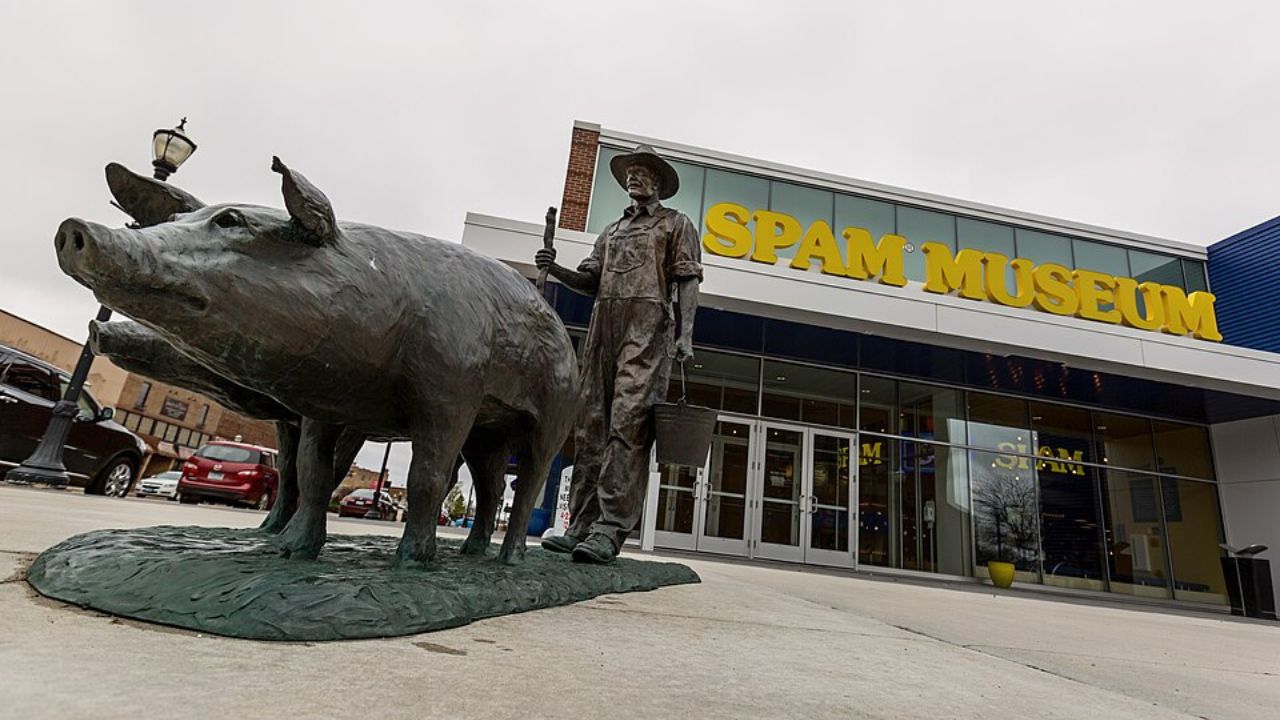
One of the most fascinating aspects of roadside attractions is the sheer variety they offer. Iconic landmarks and gigantic sculptures are among the most recognizable types. Travelers can marvel at the world’s largest ball of twine in Cawker City, Kansas, or pose alongside massive fiberglass animals like the Big Duck in Flanders, New York. These oversized creations serve as memorable photo opportunities and have become symbols of Americana, capturing the imagination of visitors from near and far.
Museums and oddity exhibits also hold a special place in the pantheon of roadside attractions. These venues celebrate the weird and wonderful, inviting travelers to explore unique collections and curiosities. The Museum of the Weird in Austin, Texas, for example, showcases an array of unusual artifacts, while the SPAM Museum in Austin, Minnesota, offers a quirky homage to the much-loved canned meat. Such attractions provide a delightful departure from the ordinary, offering a chance to learn about niche topics and eccentric histories.
Natural wonders and scenic stops, too, play a significant role in the roadside attraction landscape. America’s diverse geography offers a wealth of breathtaking sights, from the splendor of the Grand Canyon to the serene beauty of Niagara Falls. These natural landscapes have been cleverly adapted into popular roadside destinations, often enhanced with visitor centers, observation decks, and interpretive signage to enrich the experience. This blend of nature and tourism allows travelers to appreciate the country’s natural heritage while enjoying the convenience of roadside access.
Cultural Significance and Popularity
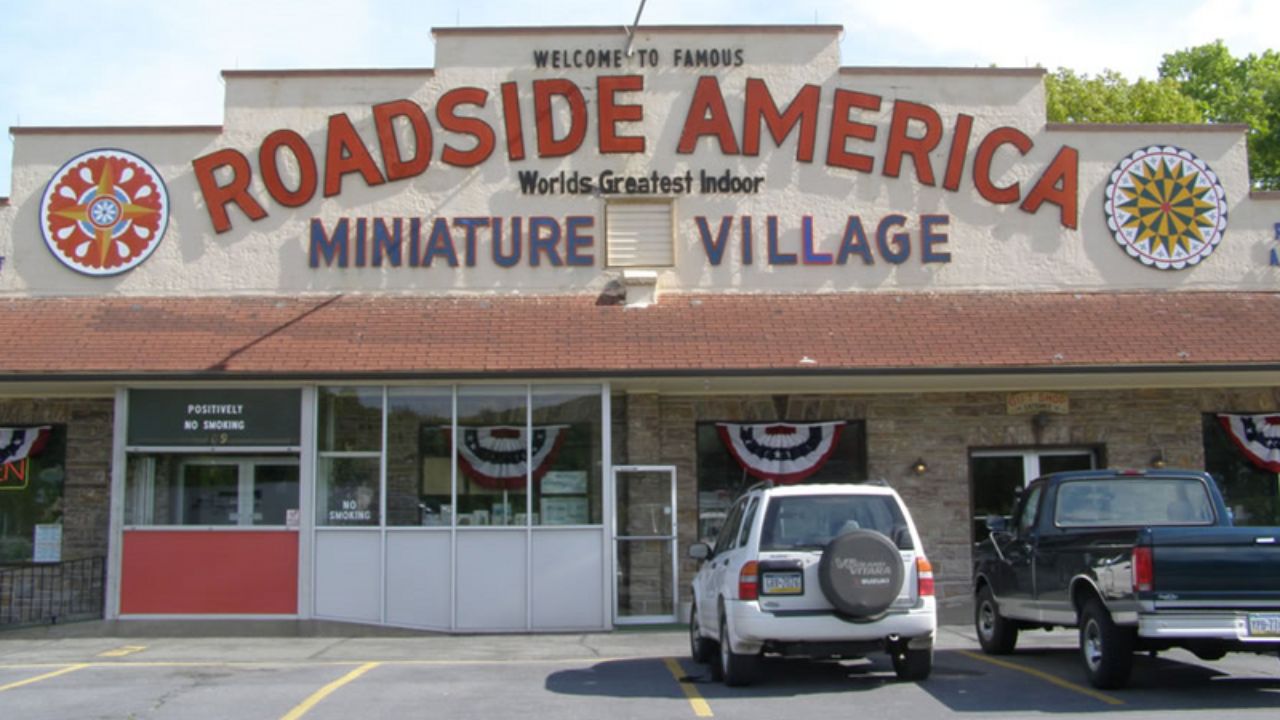
The enduring appeal of roadside attractions can be attributed to their strong ties to nostalgia and Americana. These attractions evoke a sense of longing for simpler times when family road trips were a quintessential American pastime. For many, visiting these landmarks is an opportunity to relive cherished memories and connect with the past. This nostalgic allure is a powerful draw, attracting visitors who seek to experience a slice of history and tradition.
Pop culture, media, and social media have further fueled the popularity of roadside stops. Films, television shows, and music have immortalized certain attractions, boosting their fame and drawing fans eager to see their favorite locations in person. In recent years, platforms like Instagram have amplified this effect, with users sharing photos and stories from their travels. The visual appeal and shareability of roadside attractions make them perfect for social media, driving increased interest and visitation.
Beyond nostalgia and media influence, roadside attractions offer a unique sense of adventure and discovery. These stops break up the monotony of long drives and provide opportunities for spontaneous exploration. Travelers can stumble upon unexpected delights, turning a routine journey into an exciting quest. This element of surprise and discovery is a vital part of the allure, encouraging travelers to venture off the beaten path and embrace the unknown.
Economic and Social Impact

Roadside attractions play a vital role in supporting local economies and tourism. These attractions draw visitors to areas that might otherwise be overlooked, generating revenue for nearby businesses such as gas stations, restaurants, and hotels. The economic impact can be substantial, with visitor spending contributing to job creation and community development. In some cases, roadside attractions have become the main economic driver for small towns, underscoring their importance to local livelihoods.
The social impact of roadside attractions extends beyond economics, fostering connections between travelers and local residents. These stops often serve as gathering places where people can exchange stories, share recommendations, and learn about local culture. This sense of community enhances the travel experience, creating bonds that transcend the journey. Roadside attractions also offer a platform for showcasing regional heritage, allowing visitors to gain a deeper understanding of the area’s history and traditions.
However, roadside attractions face challenges in the modern era. The rise of digital entertainment and changing travel habits have introduced new competition, as travelers increasingly turn to smartphones and apps for diversion. Additionally, the convenience of air travel and the proliferation of chain establishments have altered travel patterns, reducing the number of motorists on the road. These challenges require roadside attractions to adapt and innovate to remain relevant in a rapidly evolving landscape.
Preserving the Legacy
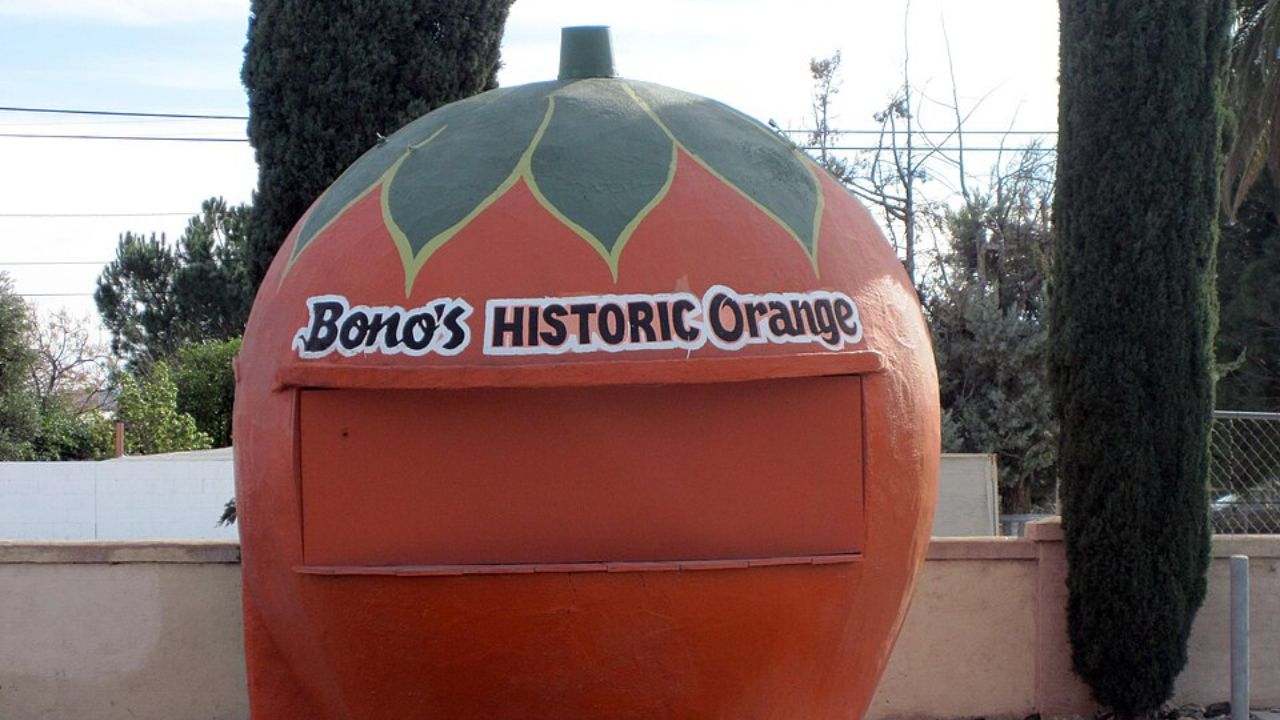
Efforts to preserve and restore historic roadside attractions are gaining momentum as awareness of their cultural significance grows. Communities and preservation groups are working to maintain these landmarks, recognizing their value as symbols of American heritage. Restoration projects often involve repairing structures, updating facilities, and enhancing visitor experiences to ensure these attractions can be enjoyed by future generations.
Sustainability and environmental considerations are becoming increasingly important in the development of modern roadside attractions. As environmental awareness grows, attractions are seeking ways to minimize their ecological footprint. This includes incorporating renewable energy sources, reducing waste, and promoting conservation efforts. These initiatives align with broader trends toward sustainable tourism, ensuring that roadside attractions can thrive in harmony with their natural surroundings.
The future of roadside attractions in America is shaped by trends and innovations that promise to redefine the genre. Technology is playing an increasingly prominent role, with attractions incorporating interactive displays, augmented reality experiences, and digital storytelling to engage visitors. These advancements offer new ways to captivate audiences and provide deeper insights into the attractions’ history and significance. As the next generation of roadside wonders emerges, the tradition of pausing to explore the unexpected remains a cherished part of the American travel experience.
Like Fast Lane Only’s content? Be sure to follow us.
Here’s more from us:
*Created with AI assistance and editor review.

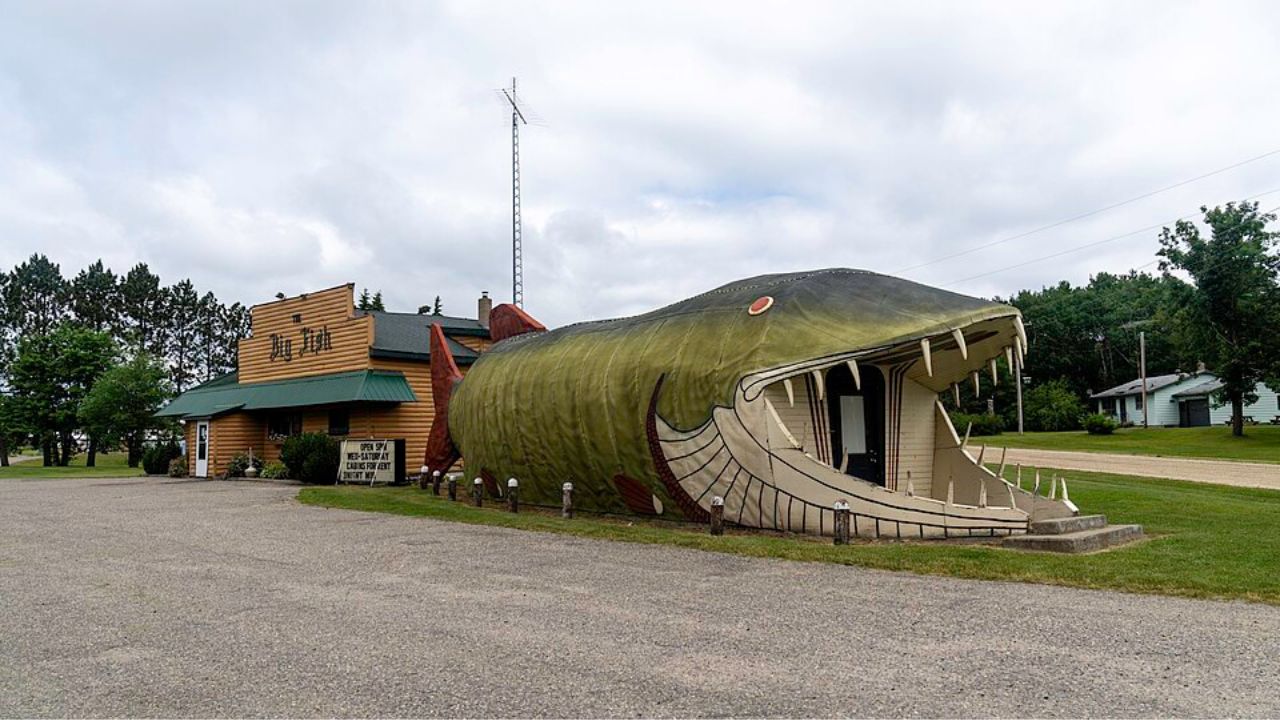


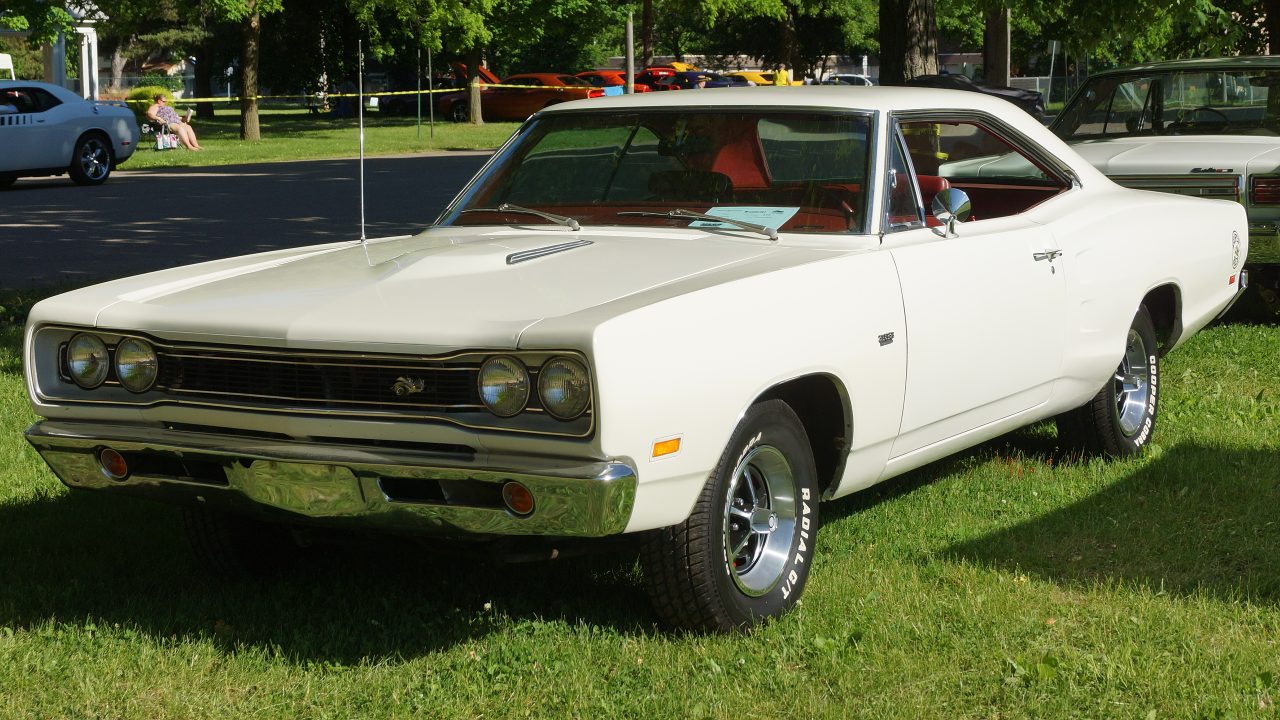


Leave a Reply